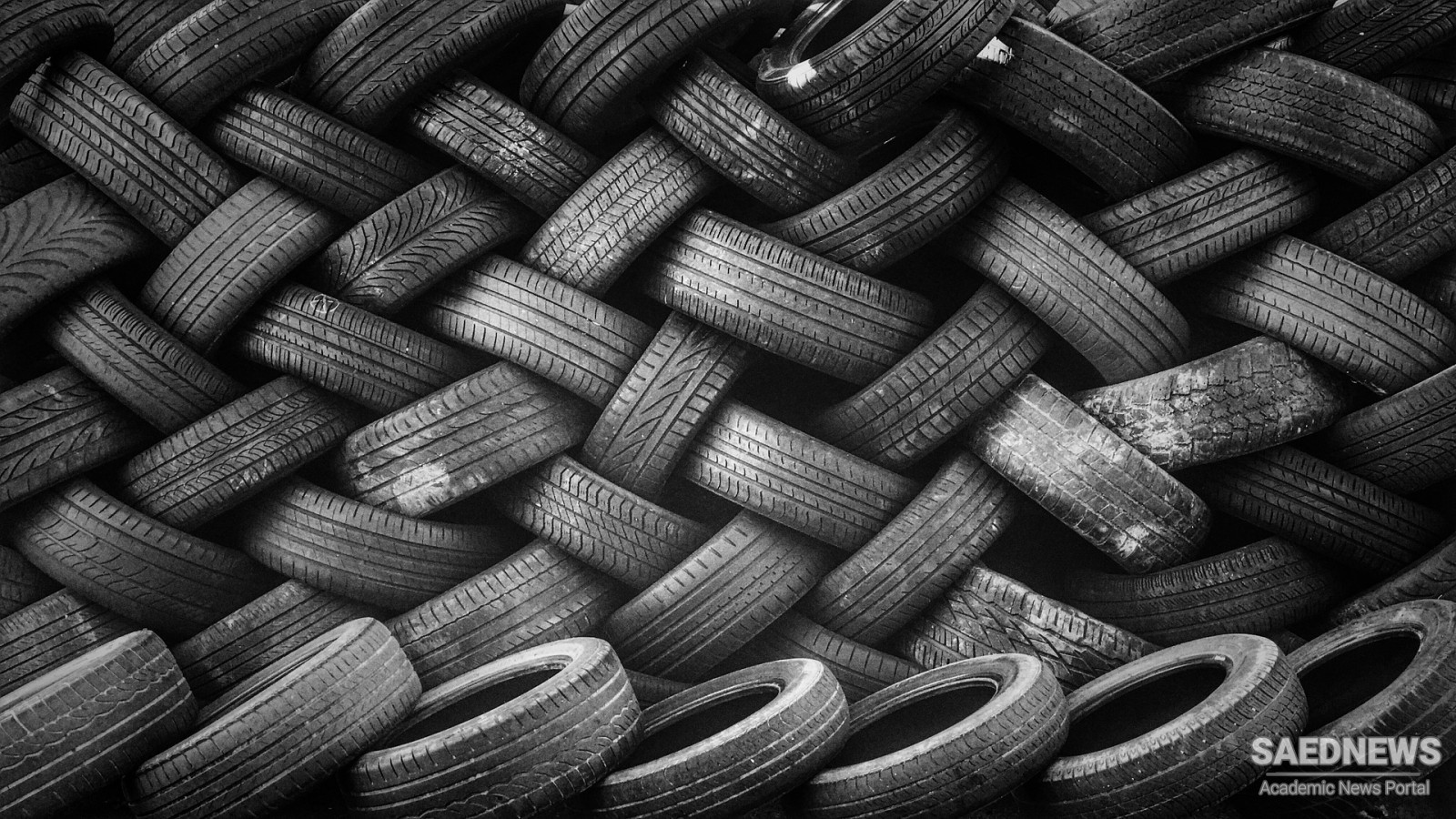In the thirteenth century the Mayas and Aztecs used articles made from rubber, such as balls for games, but the material remained unknown to Europeans until the Spanish conquerors descended on the Americas. Even so, they made little use of it and it was left to the French Academy of Sciences to make a systematic examination of caoutchouc, as it was called, published in 1751.
Joseph Priestley in 1770 noted its use in rubbing out pencil marks, hence the word by which the material is known in English. The uses of rubber remained limited until Thomas Hancock introduced improved methods of making sheets, using spiked rollers turning in hollow cylinders. His ‘masticator’ dates from 1820. Soon afterwards, Charles Macintosh found that rubber dissolved in naphtha, a product of the new gas industry, could be brushed on to clothing to make it waterproof.
During the 1830s rubber imports to Britain rose sharply and it came into wide use for garments and shoes, for miscellaneous engineering uses such as springs, and for various surgical purposes. Its use spread to France and to the USA. The untreated rubber so far used was found to be unsatisfactory in the wide extremes of temperature met with in the USA.
Charles Goodyear, a hardware merchant of Philadelphia, found that heating rubber with sulphur greatly improved its properties, a process that came to be known as vulcanization. Finding little interest in the process in the USA, Goodyear passed samples of vulcanized rubber to Hancock, who developed a process for producing it, patented in 1843.
The growth in the use of rubber during the rest of the century is indicated by the rise in output by Brazil, the main supplier, from 31.5 tonnes in 1827 to nearly 28,100 tonnes in 1900. This, however, was not enough to meet the demand and plantations of rubber trees were established in the Far East, including Malaya, and in the West Indies, Honduras and British Guiana, becoming effective after 1895, so much so that they led to the collapse of the Brazilian trade.
But the application that was to swamp all others, transport, made a slow start. Hancock was making solid tyres for road vehicles in 1846 and there was an abortive use of pneumatic tyres around the same time. In the 1870s, bicycles were equipped with solid tyres and in 1888, Dunlop introduced, then improved his pneumatic tyres. This development was timely for it coincided with the invention of the motor car. Michelin’s first motor tyre appeared in 1895, Dunlop’s in 1900, and production rose rapidly as motoring increased in popularity


 New Science and the Devil of the Time
New Science and the Devil of the Time














































